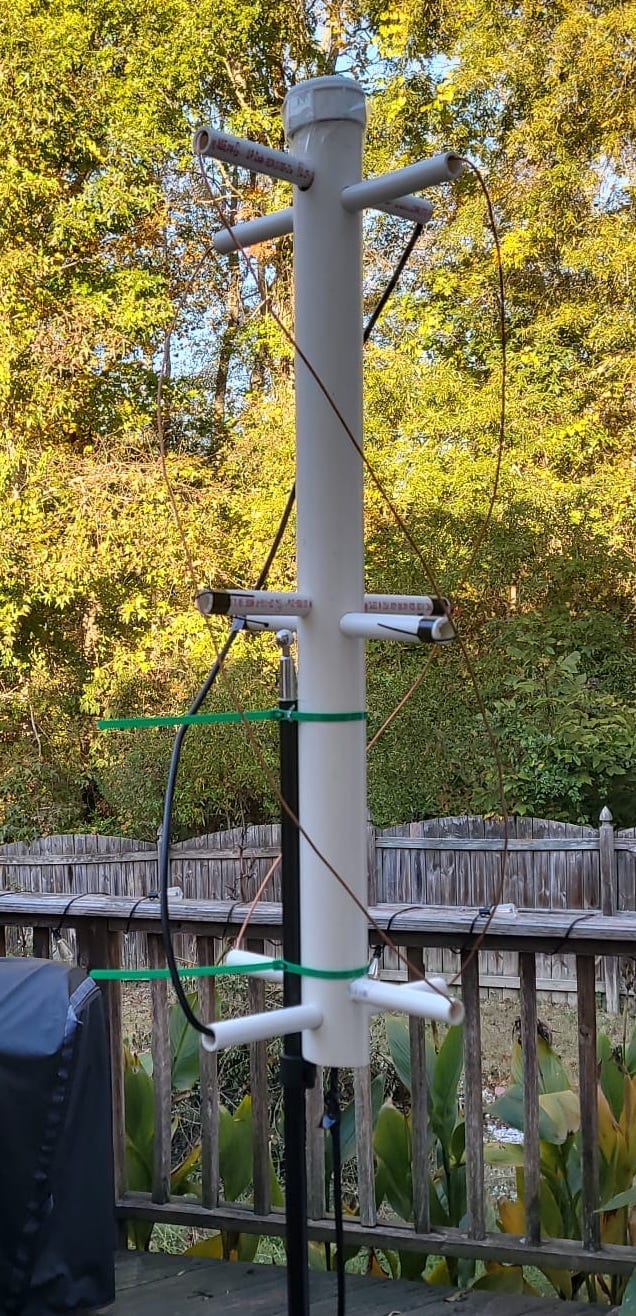Receiving Satellite Signals With a homemade PVC QFH Antenna

There’s something truly mesmerizing about receiving live weather images directly from NOAA satellites passing over your location. It’s like unlocking a window to the skies, and for amateur radio enthusiasts and DIY tinkerers like me, it’s a deeply rewarding experience. Recently, I built a Quadrifilar Helix (QFH) antenna using PVC pipe and some basic components, and I want to share my journey in turning this homebrew creation into a functional tool for capturing NOAA satellite signals.
The Quest for Reliable NOAA Signals
Receiving NOAA satellite transmissions is a fantastic way to get real-time weather imagery. These satellites transmit Automatic Picture Transmission (APT) signals in the 137 MHz band, which requires a specialized antenna to pick up the data clearly. The QFH antenna, known for its excellent circular polarization and omnidirectional reception, is one of the best choices for this task.
While commercially made QFH antennas are available, I decided to build one myself—both to save money and for the thrill of crafting something functional from scratch.
Designing and Building the PVC QFH Antenna
Constructing the QFH antenna required careful planning. The antenna's design consists of two helices with precise dimensions for optimal performance at NOAA’s transmission frequencies (around 137 MHz). I opted for PVC pipe as the main structure, combining lightweight durability with ease of assembly. Copper wires formed the helices, which I secured to the PVC frame.
Here's a quick breakdown of the process:

- Materials and MeasurementsI followed an online design calculator for the QFH antenna to ensure the dimensions were accurate.
https://jcoppens.com/ant/qfh/calc.en.php
- PVC Pipe: Acts as the central frame.
- Copper Wire: Shaped into helices with specific lengths for the target frequency.
- Connectors and Coax Cable: To interface the antenna with my software-defined radio (SDR).
- Assembly
- The copper wires were carefully bent into 3 helices and attached to the PVC pipe.
- The feed point connection was soldered and insulated to reduce signal loss.
- Finally, the antenna was sealed to withstand outdoor elements.
Setting Up for NOAA Satellite Reception
Once the antenna was ready, I connected it to an SDR receiver and a raspberry py running raspberry-noaa-v2 completed my setup. This combination allows real-time decoding of APT signals into stunning weather images. Positioning the antenna outdoors with a clear view of the sky was crucial to minimize interference and ensure the satellite's signal was strong.
Results: Real-Time Weather Images
The first successful reception of NOAA signals was a thrilling moment. Watching the software process the data into detailed images of cloud patterns and weather fronts was incredibly satisfying. The QFH antenna performed admirably, capturing signals with minimal noise even when the satellite was near the horizon.

Final Thoughts
Crafting a PVC QFH antenna was a rewarding challenge that has brought me closer to the wonders of satellite communications. The NOAA satellites continue to send their data from space, and thanks to this DIY antenna, I can now capture stunning weather images whenever they pass overhead.